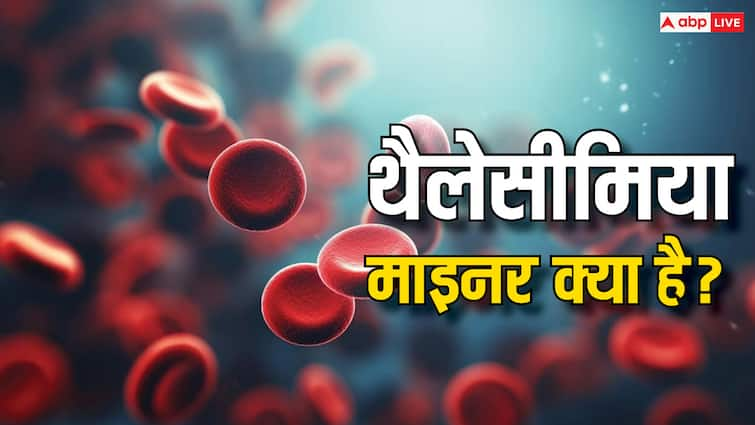Thalassemia is a genetic disease that is passed on from parents to children. It is a type of blood disorder. If this disease is passed on from a child to an adult, then the adult begins to have difficulty producing blood in his body. Due to which the symptoms of anemia become clearly visible on the body. Its symptoms become visible in any child only after three months of birth. In this disease, there is a lack of blood in the patient’s body. That is why he needs blood again and again.
What is thalassemia minor?
For your information, there are two types of thalassemia. If the genes of both parents of the child have thalassemia minor, the child may then suffer from thalassemia major. This can be very dangerous.
If one of the parents suffers from thalassemia minor, the child is not at any risk. If both parents suffer from thalassemia minor, the child has a 25% risk of developing this disease. Therefore, it is very important for both men and women to undergo a blood test before marriage.
Alpha Globin and Beta Globin
According to the World Health Organization, every year 7 to 10 thousand children with thalassemia are born in India. The number of such children in the capital Delhi and its surrounding areas is around 1,500. The most surprising thing is that 3.4 percent of the total population suffers from thalassemia. For your information, let us know that hemoglobin is made up of two types of proteins, alpha globin and beta globin. In fact, thalassemia is caused by a defect in the process of globin formation in these proteins. Due to this, the red blood cells are damaged quickly. Due to severe blood deficiency, the patient has to undergo blood transfusions again and again. Due to frequent blood transfusions, iron starts accumulating in the body. This can be dangerous for the heart, liver and lungs.
There are two types of thalassemia: major and minor.
Thalassemia Major: The risk of this disease increases in those children. Whose genes from both parents are affected by thalassemia.
Thalassemia minor: Thalassemia minor occurs in children whose parents have thalassemia. In such a situation, the risk of the children being affected is lower.
Symptoms of Thalassemia
Yellowing of the nails and tongue of children as well as jaundice. Symptoms are also visible.
Red rashes on the jaws and cheeks of children.
Children are stunted in growth and also appear younger than their age.
Dry face, no weight gain, always looking weak and sick, weakness and difficulty breathing. Disclaimer: Some of the information given in the news is based on media reports. Before implementing any suggestion, you must consult the concerned expert.
Also read:How much high blood pressure does your partner have? Will you also have high blood pressure?
